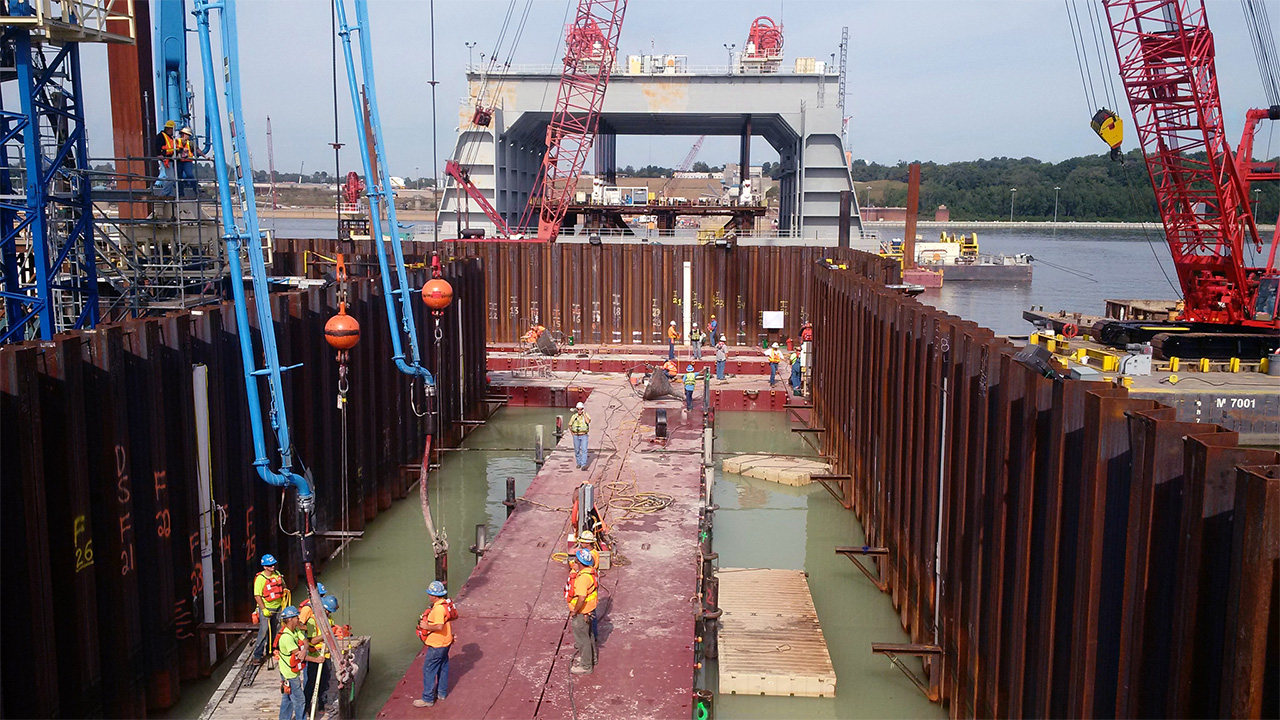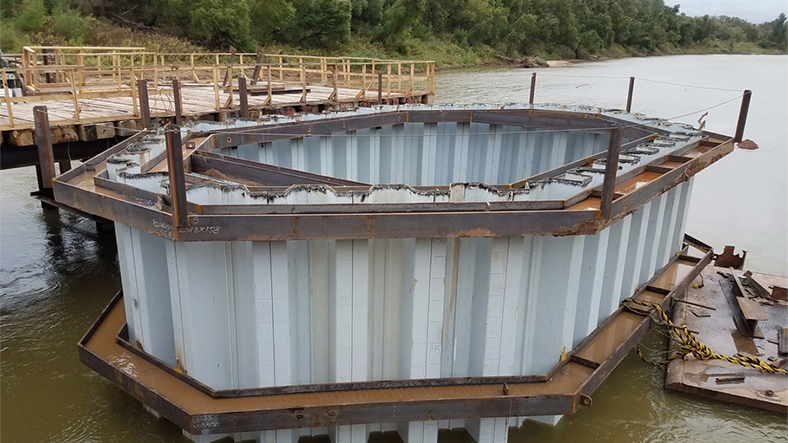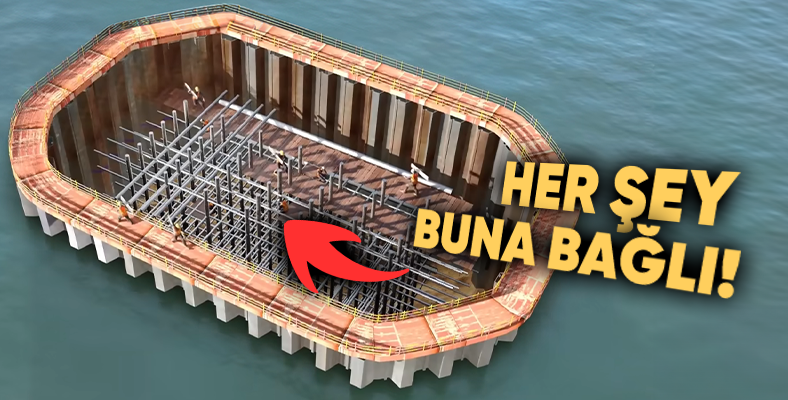The existence of huge structures lying deep under the water is truly fascinating, but have you ever wondered how exactly these enormous underwater structures were built?
Building a structure under water requires not only physical strength but also intelligence, endurance and engineering skill A job that pushes its limits.
However, despite all this courage and skill, a mistake that escaped the chief civil engineer’s attention was It can turn an incredible initiative into a complete disaster. Really, how do they go about dealing with these situations?
Engineers are developing clever strategies to meet the challenges of water.
First step, is to remove the ocean itself from the construction site. The cofferdam is a temporary set used to achieve this purpose. But the construction of this embankment is an engineering marvel in itself underwater.
The process begins with the erection of guide piles, by driving sheet piles into the ground continues. Sheet piles have an excellent locking mechanism and minimize water leakage. But the real challenge is to make these structures deep into the ocean bed is to fix.
Sheet piles are driven until they reach the bedrock.
In the process, the pile driver shakes the soil using vibrating weights, from the subtleties of modern engineering is one. Vibrating weights consist of two eccentric weights rotating in opposite directions, creating vibration in the machine in a controlled manner. This process involves sheet piles which anchors it to the ocean floor It is a critical step.

However, successful construction underwater requires not only the strength of the physical structures but also the ground itself. to be comprehensively analyzed must. Geotechnical studies determine whether the land can support the weight of the structure.
Cone penetration test Tests such as these measure the resistance of the ground and allow engineers to know how deep sheet piles should be driven.
The water pumping phase is one of the most critical points of the project.
While pumping out the water inside the cofferdam, an unexpected inward force arises and threatens the structure. Double-layered sheet piles and a double-layered cofferdam filled with granular material between them form a line of defense against this danger.

The struggle to prevent water leakage is the final and perhaps most fascinating phase of construction. Concrete sealing layer, strengthens the structure under water and prevents any leakage. At this stage TREMI method used, It allows the concrete to be poured directly onto the ground without mixing with water.
Finally, months of labor of engineers and workers are crowned with a huge structure in the depths of the ocean. The skeleton of the bridge pillar, It is a structure designed to stand in water and reinforced with high quality materials.
On long journeys what we see while traveling Now that you have learned how these huge structures were built, you can show off your knowledge in environments. 🙂
You can find our other contents that may interest you below:
RELATED NEWS
Why Wasn’t Marmaray Built in a Glass Tunnel as We Dreamed?
RELATED NEWS
The Amazing Engineering Behind the Panama Canal, a Stop Point for Hundreds of Ships Every Day
RELATED NEWS
Engineering Technique That Ensures Burj Al Arab Built in the Sea in Dubai Will Not Be Flooded
RELATED NEWS
You Will Have Great Respect for Japan’s Engineers When You Learn Why They Extended the Front Parts of High-Speed Trains
RELATED NEWS
